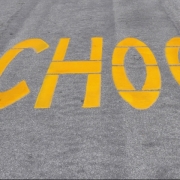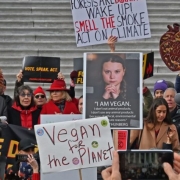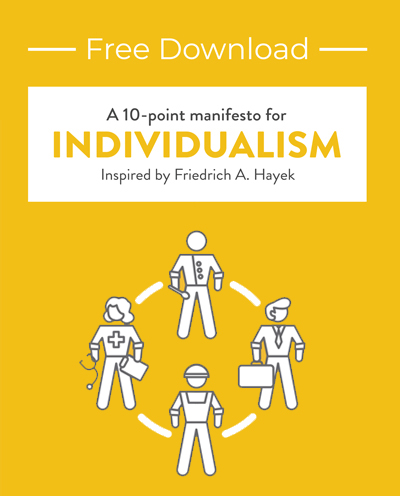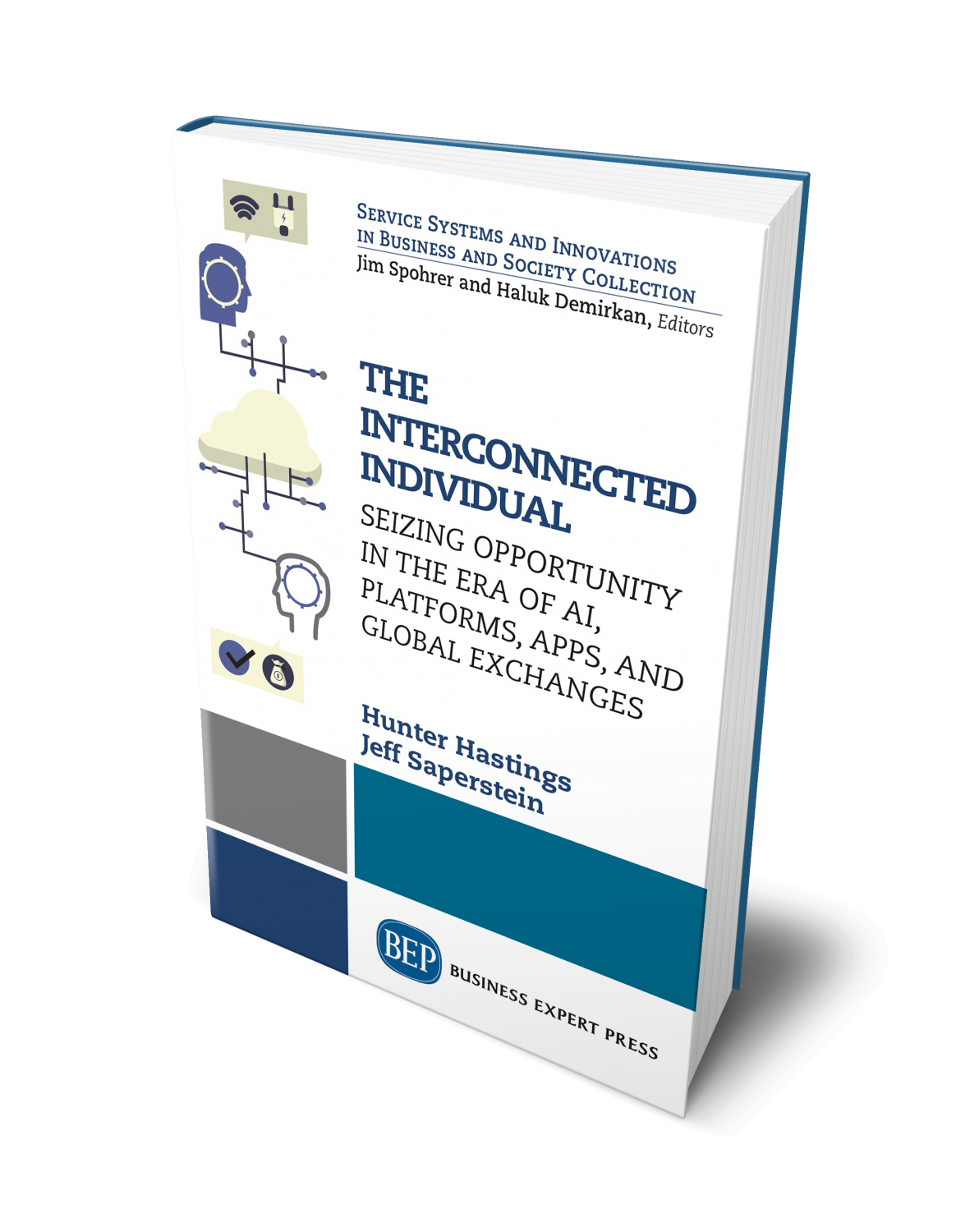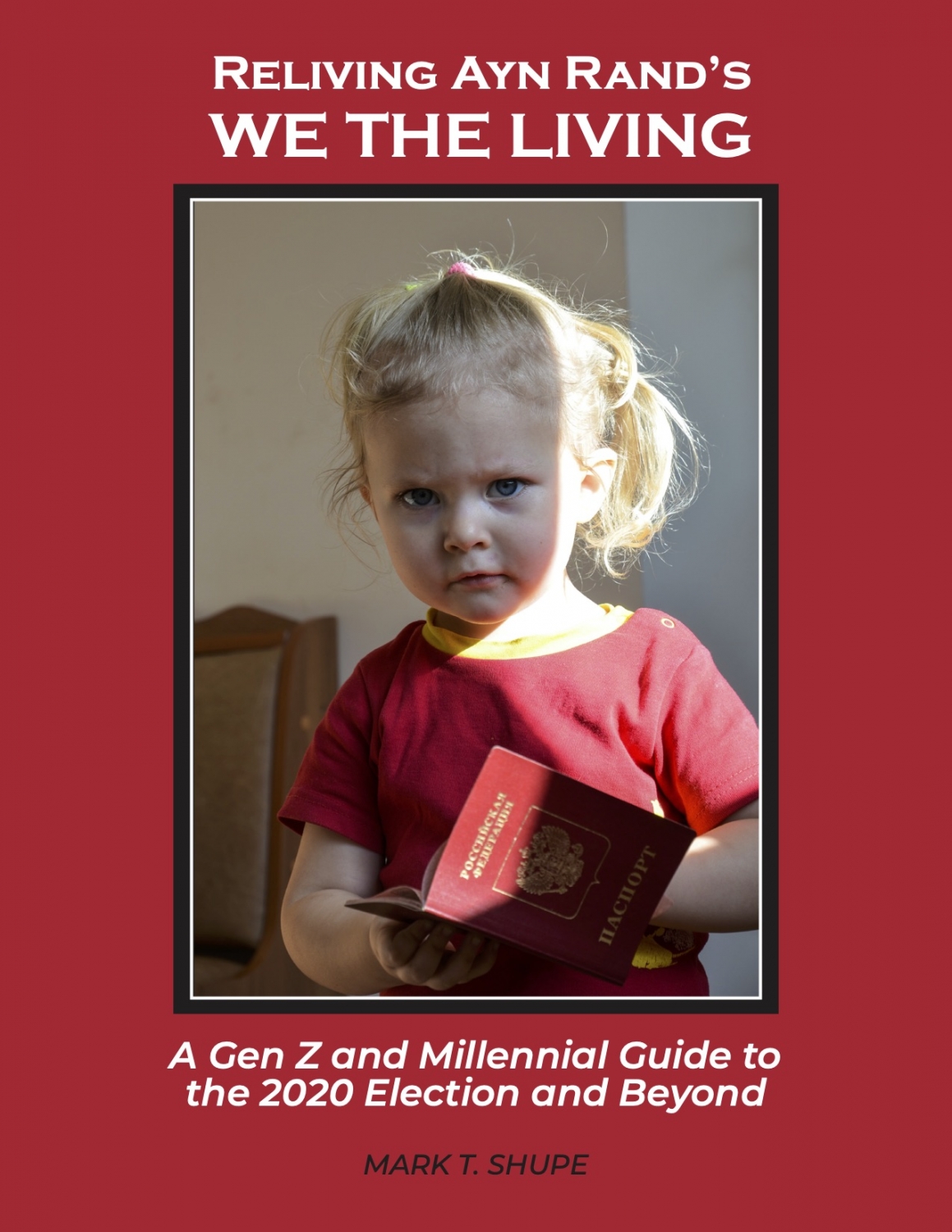Why do politicians want to take away our plastic bags and straws? This moral panic is intensifying even as evidence mounts that banning plastic is both a waste of money and harmful to the environment. If you want to protect dolphins and sea turtles, you should take special care to place your plastic in the trash, not the recycling bin. And if you’re worried about climate change, you’ll cherish those gossamer grocery bags once you learn the facts about plastic.
During the 1970s, environmentalists wanted to restrict the use of plastic because it was made from petroleum. When the “energy crisis” abated, they denounced plastic for not being biodegradable in landfills. They blamed it for littering the landscape, clogging sewer drains and global warming. Plastic from our “throwaway society” was killing vast numbers of sea creatures, according to a 2017 BBC documentary series. The series prompted Queen Elizabeth II to ban plastic straws and bottles from the royal estates, and it galvanized so many other leaders that greens celebrate what they call the “Blue Planet Effect,” named for the series.
More than 100 countries now restrict single-use plastic bags, and Pope Francis has called for global regulation of plastic. The European Parliament has voted to ban single-use plastic straws, plates and cutlery across the Continent next year. In the U.S., hundreds of municipalities and eight states—California, Connecticut, Delaware, Hawaii, Maine, New York, Oregon and Vermont—have outlawed or restricted single-use plastic bags. Greens in California are pushing a referendum to require all plastic packaging and single-use foodware in the state to be recyclable, and the European Union has unveiled a similar plan.
Popular misconceptions have sustained the plastic panic. Environmentalists frequently claim that 80% of plastic in the oceans comes from land-based sources, but a team of scientists from four continents reported in 2018 that more than half the plastic in the “Great Pacific Garbage Patch” came from fishing boats—mostly discarded nets and other gear. Another study, published last year by Canadian and South African researchers, found that more than 80% of the plastic bottles that had washed up on the shore of Inaccessible Island, an uninhabited extinct volcano in the South Atlantic, originated in China. They must have been tossed off boats from Asia, the greatest source of what researchers call “mismanaged waste.”
Of the plastic carried into oceans by rivers, a 2017 study in Nature Communications estimated, 86% comes from Asia and virtually all the rest from Africa and South America. Some plastic in America is littered on beaches and streets, and winds up in sewer drains. But researchers have found that laws restricting plastic bags and food containers don’t reduce litter. The resources wasted on these anti-plastic campaigns would be better spent on more programs to discourage all kinds of littering.
Another myth—that recycling plastic prevents it from polluting the oceans—stems from the enduring delusion that plastic waste can be profitably turned into other products. But sorting plastic is so labor-intensive, and the resulting materials of so little value, that most municipalities pay extra to get rid of their plastic waste, mostly by shipping it to Asian countries with low labor costs. The chief destination for many years was China, which two years ago banned most imports. It now goes to countries like Malaysia, Indonesia, Thailand and Vietnam. Some of the plastic from your recycling bin probably ends up in the ocean because it goes to a country with a high rate of “mismanaged waste.”
Yet single-use plastic bags aren’t the worst environmental choice at the supermarket—they’re the best. High-density polyethylene bags are a marvel of economic, engineering and environmental efficiency. They’re cheap, convenient, waterproof, strong enough to hold groceries but thin and light enough to make and transport using scant energy, water or other resources. Though they’re called single-use, most people reuse them, typically as trash-can liners. When governments ban them, consumers buy thicker substitutes with a bigger carbon footprint.
Once discarded, they take up little room in landfills. That they aren’t biodegradable is a plus, because they don’t release greenhouse gases like decomposing paper and cotton bags. The plastic bags’ tiny quantity of carbon, extracted from natural gas, goes back underground, where it can be safely sequestered from the atmosphere and ocean in a modern landfill with a sturdy lining.
If the goal is to reduce carbon emissions and plastic pollution, we can take some obvious steps: Repeal misguided plastic-bag bans. Stop exporting plastic waste to countries that allow it to leak into the ocean. Help those countries establish modern systems for collecting and processing their own plastic waste. Send plastic waste straight to landfills and incinerators. Step up enforcement of laws and treaties that restrict nations from polluting the ocean and prohibit mariners from littering the seas.
Plastic bans are a modern version of medieval sumptuary laws, which forbade merchants and other commoners to wear clothes or use products that offended the sensibilities of aristocrats and clergymen. Green activists have the power to impose their preferences now that environmentalism is essentially the state religion in progressive strongholds. They can lord it over the modern merchant class and corporations desperately trying to curry social favor. The plastic panic gives politicians and greens the leverage to shake down companies afraid that they’ll be regulated out of business.
Most important, the plastic panic gives today’s elites a renewed sense of moral superiority. No matter how much fuel politicians and environmentalists burn on their flights to international climate conferences, they can still feel virtuous as they issue their edicts to grocery shoppers.
Mr. Tierney is a contributing editor of City Journal, from whose winter issue this was adapted for wsj.com.
